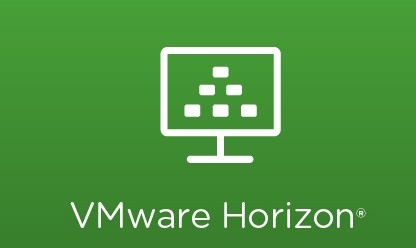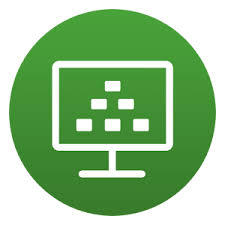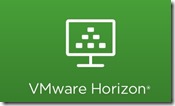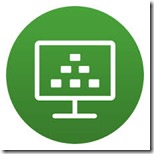 In this blog post I want to share a simple piece of advice that will help you in maintaining your VMware Horizon environment. Image management is an important part of managing your VMware Horizon environment. If you are using Instant Clones (this is the future proof way of delivering VMware Horizon VDI’s in your environment), during the image publishing phase (this is referred to as the Priming phase) VMware Horizon starts creating the following VM’s CP-Template, CP-Replica (both are turned off and there is one per datastore per Desktop pool) and a CP-Parent (this machine is turned on and there is one per ESX host per datastore per Desktop Pool).
In this blog post I want to share a simple piece of advice that will help you in maintaining your VMware Horizon environment. Image management is an important part of managing your VMware Horizon environment. If you are using Instant Clones (this is the future proof way of delivering VMware Horizon VDI’s in your environment), during the image publishing phase (this is referred to as the Priming phase) VMware Horizon starts creating the following VM’s CP-Template, CP-Replica (both are turned off and there is one per datastore per Desktop pool) and a CP-Parent (this machine is turned on and there is one per ESX host per datastore per Desktop Pool).
Lees verder How to remain in control of your Horizon environment


 In this blog article I will describe how you can automate assigning VMware AppVolumes to AD user groups by using PowerShell via Ivanti Automation. To accomplish this task I am using the API of App Volumes.
In this blog article I will describe how you can automate assigning VMware AppVolumes to AD user groups by using PowerShell via Ivanti Automation. To accomplish this task I am using the API of App Volumes. 




